News and Events
- Home
- Blog
January 01, 1970 By Admin
Latest News and Events
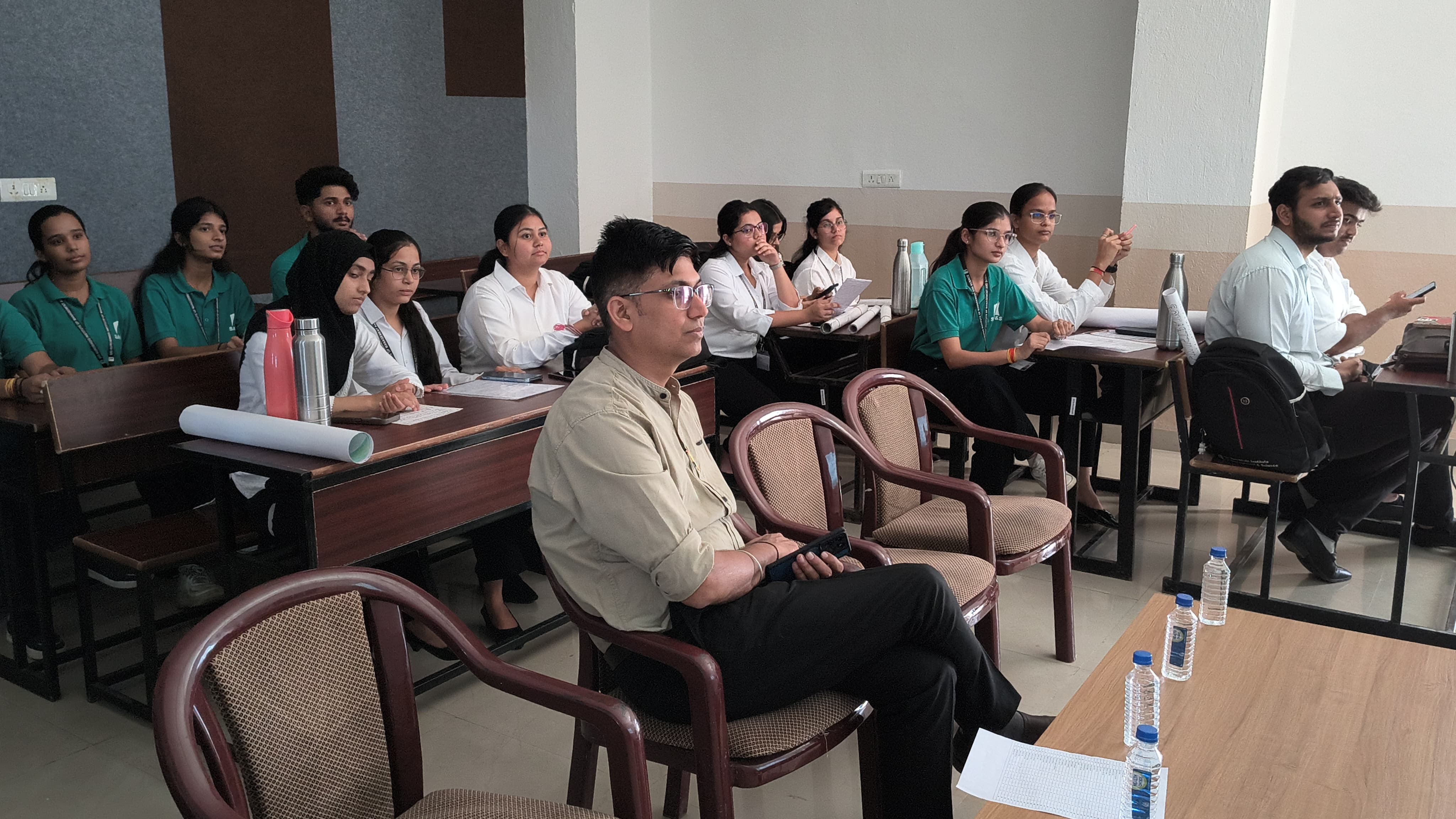
Hospital Administration Students Explore Modern He
December 17, 2025
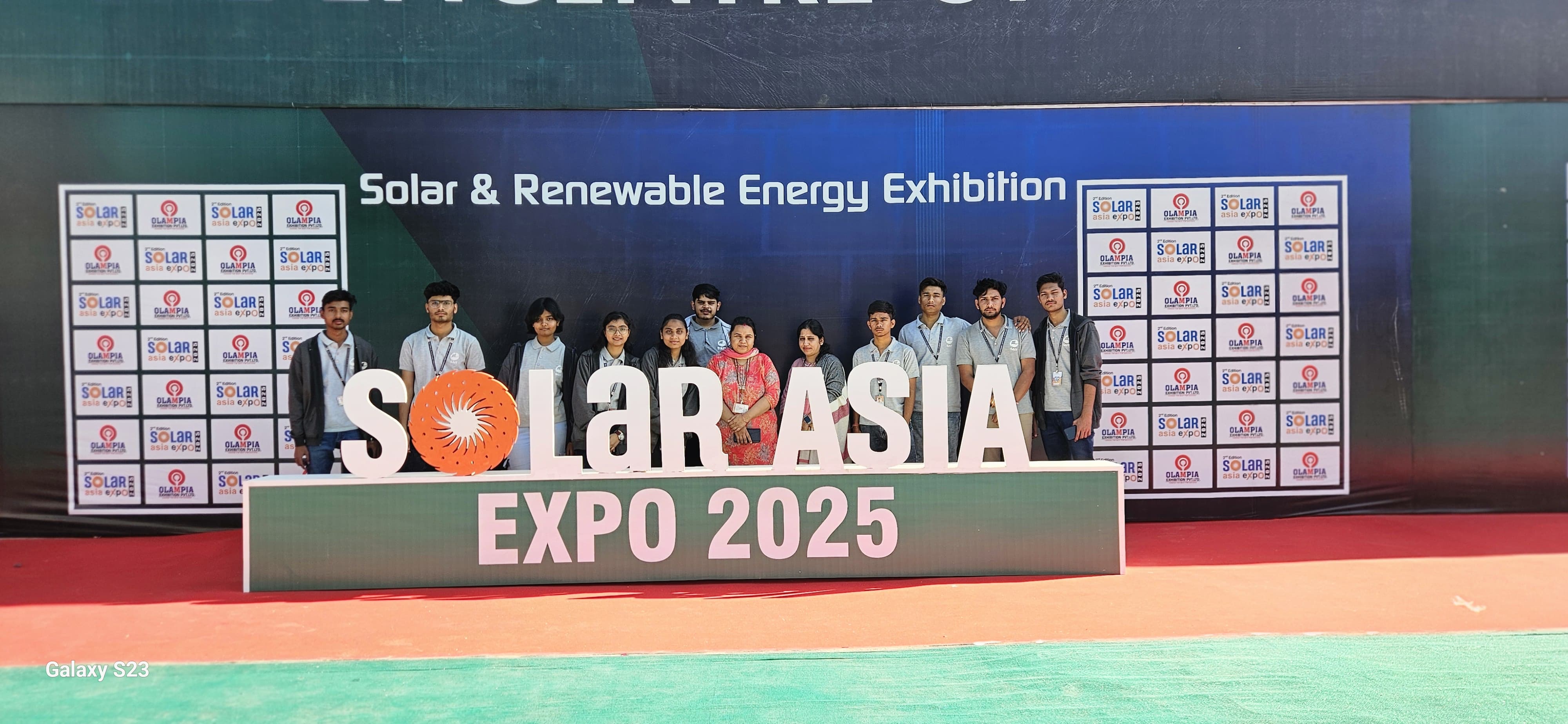
SAIT Faculty and Students Attend Solar Asia Expo 2
December 14, 2025
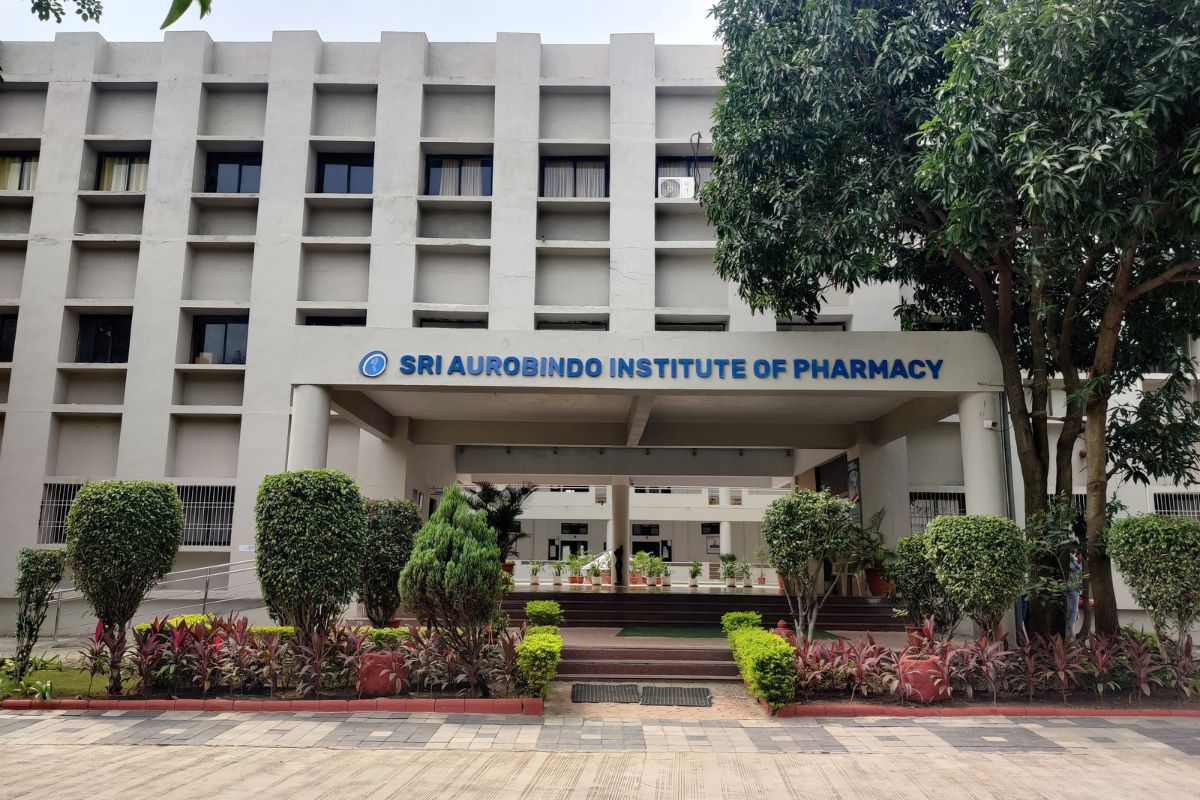
Best Pharm D College in Madhya Pradesh 2026
December 06, 2025

Best College for MBA Hospital Administration in In
December 05, 2025

Best B.Tech Computer Science AI&ML College in Indo
December 04, 2025
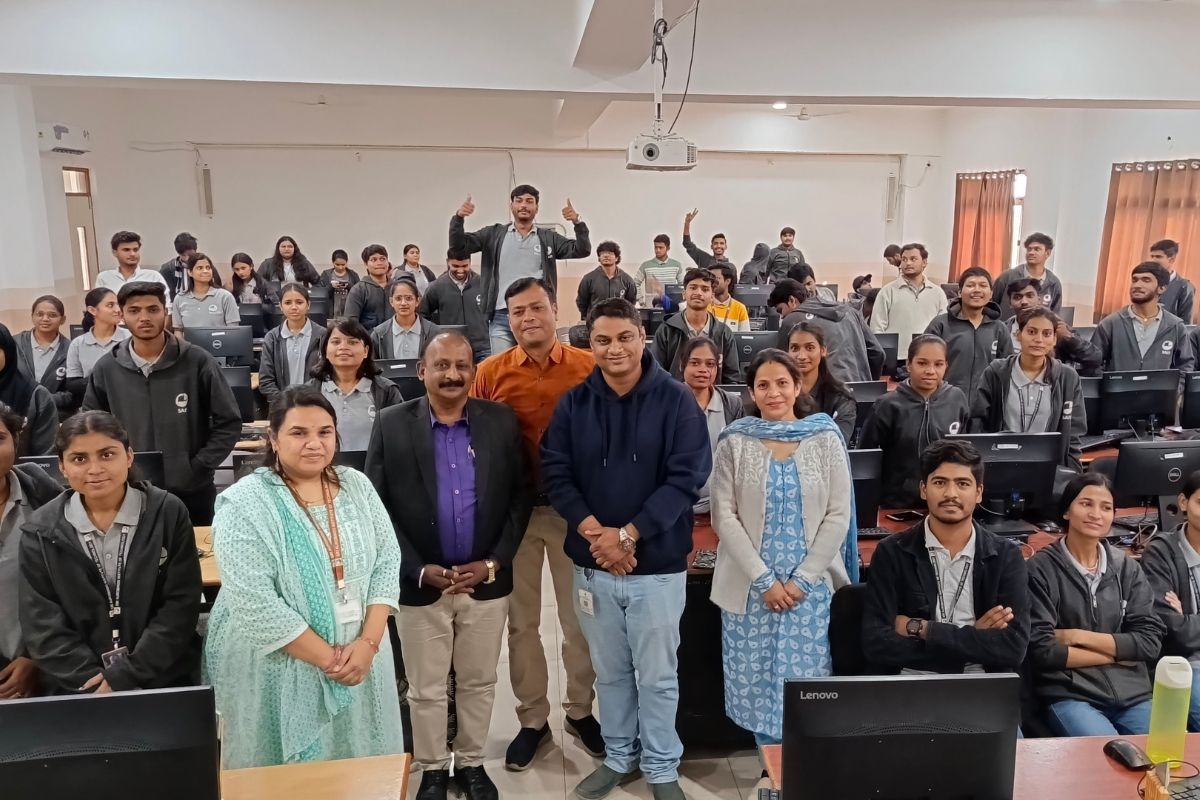
Cloud and DevOps Workshop Empowers SAIT Students w
December 04, 2025

Best Graphic Design Course in India 2026 | Best De
November 29, 2025

Successful Completion of 5-Day MDP on Incubation &
November 28, 2025
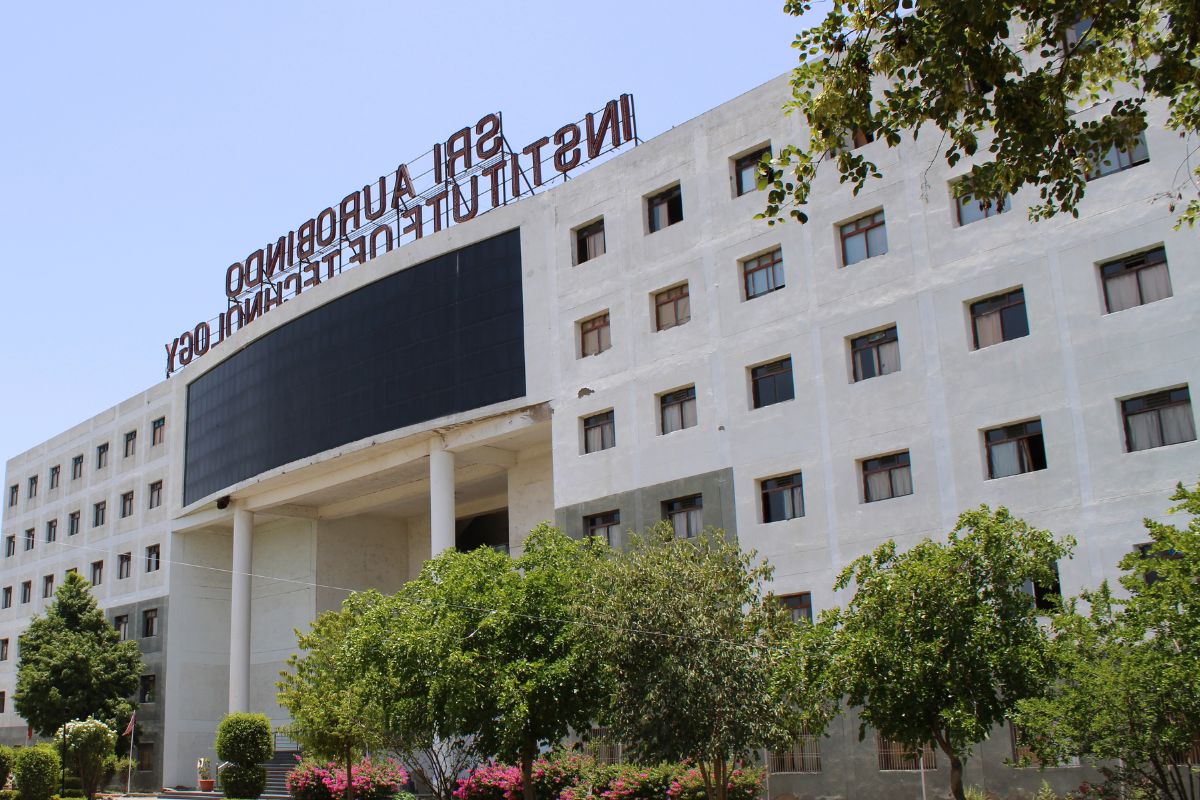
B.Tech Admission in Indore 2026 | SAIT Indore
November 27, 2025
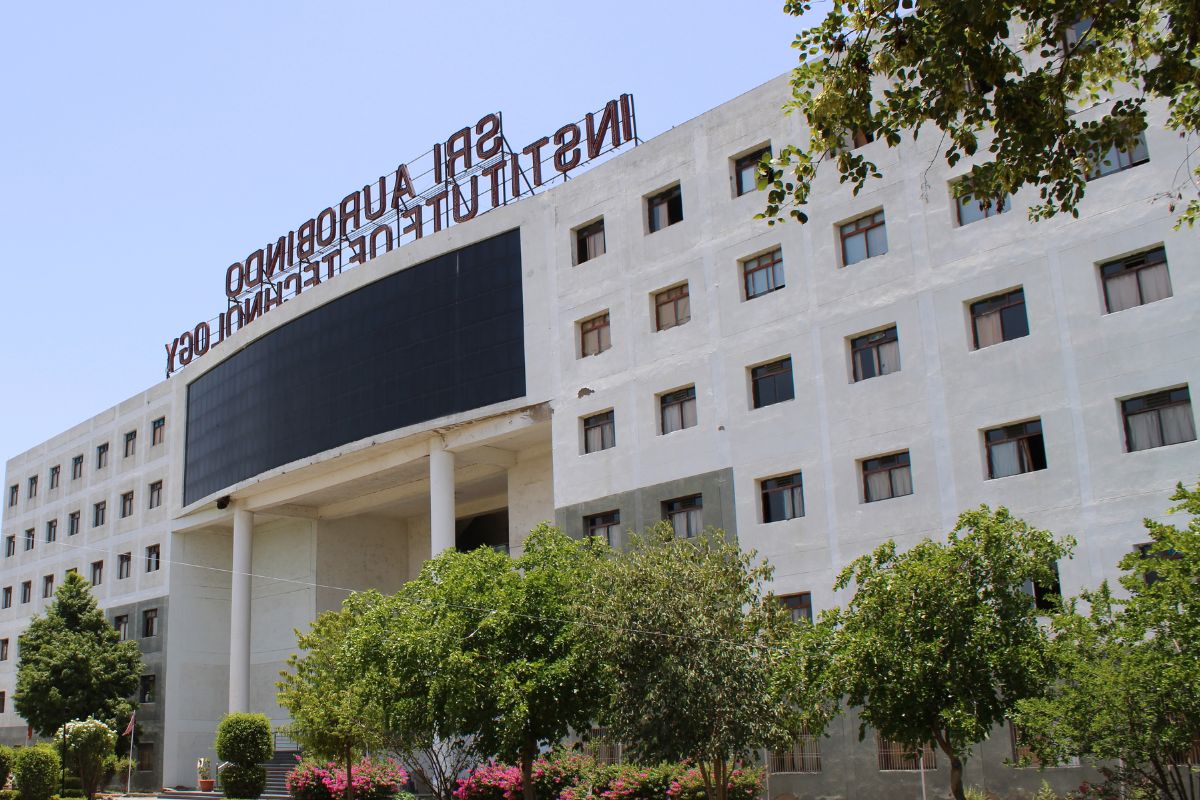
Top Engineering Colleges with 100% Placement in In
November 26, 2025

SAGI Hosts Institute-Level Auditions for Lit Chowk
November 25, 2025

Best Professional Courses After Graduation 2026
November 22, 2025

Best AI Courses After 12th in India 2026 – Caree
November 22, 2025

Best Career Options in India in 2026
November 20, 2025
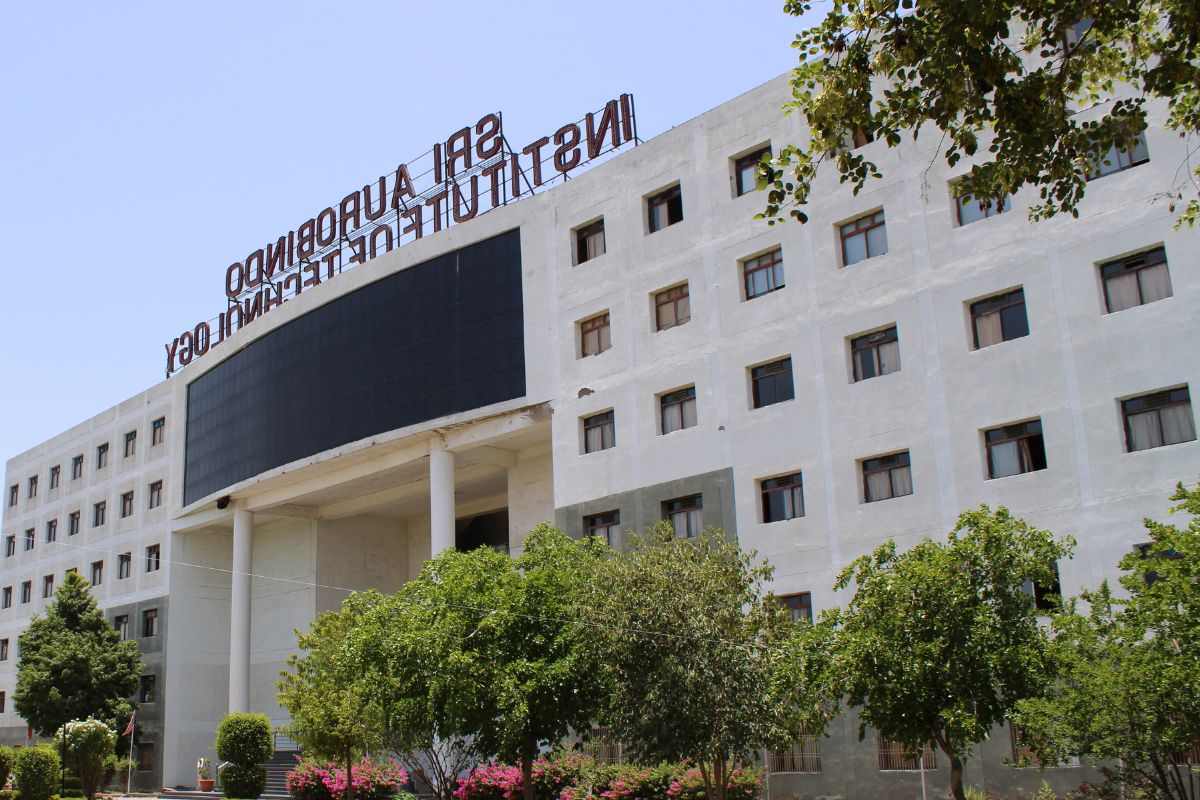
Top Private Colleges in India 2026 for Management,
November 13, 2025

Top 10 High-Paying Careers in India 2026
November 12, 2025
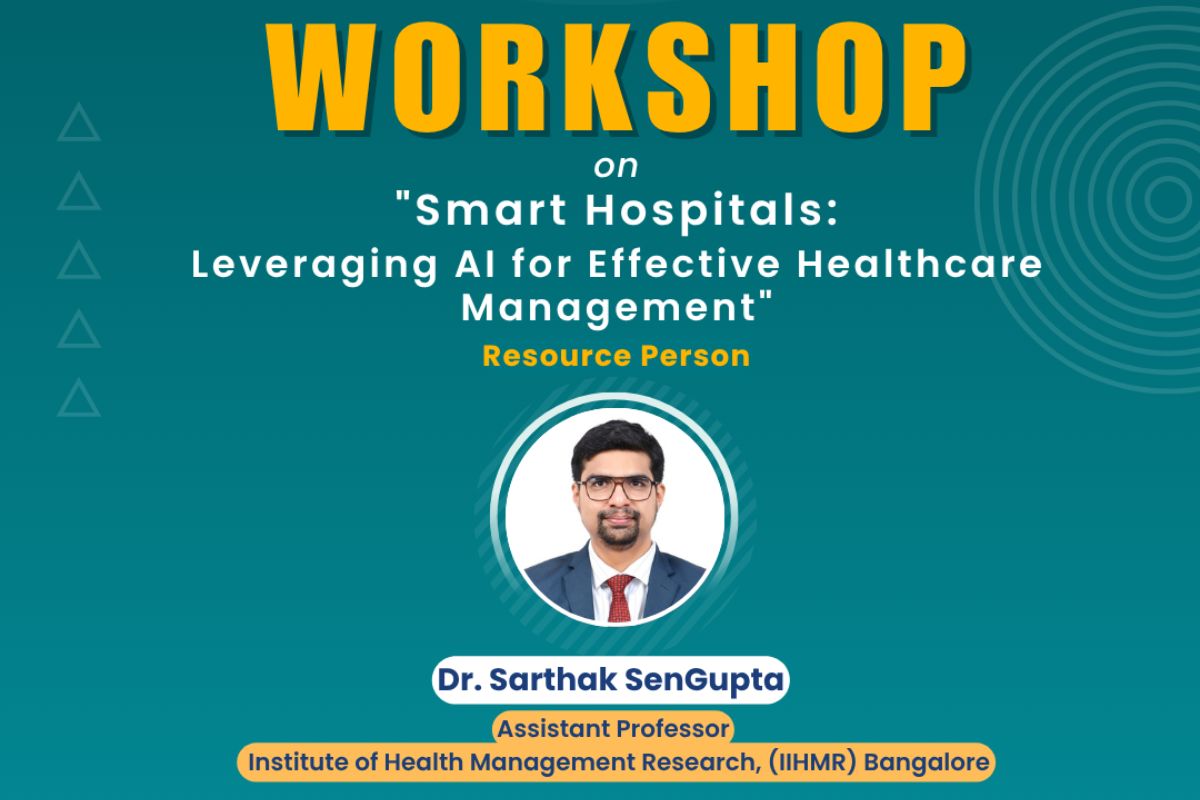
Workshop on “Smart Hospitals: Leveraging AI for
November 08, 2025

Best Courses After 12th in India 2026 – Career P
October 24, 2025
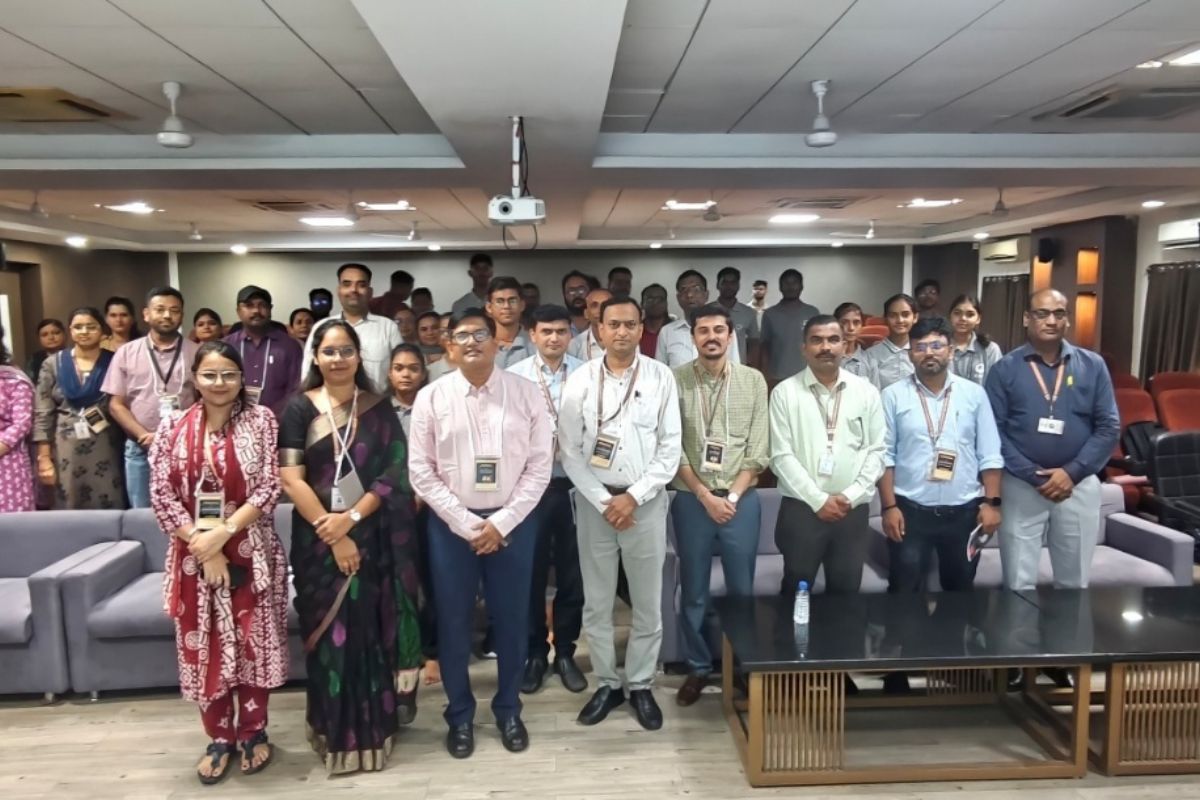
Sri Aurobindo Institute of Technology Organizes AI
October 14, 2025
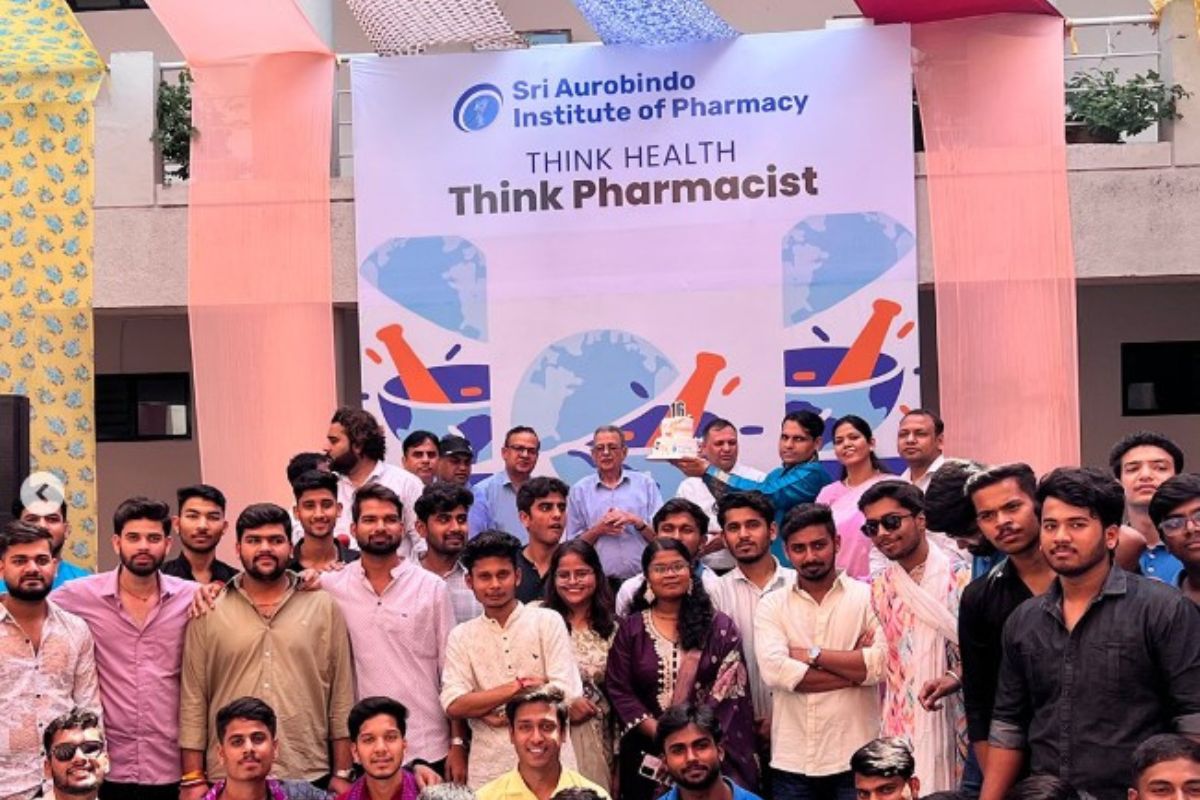
Sri Aurobindo Institute of Pharmacy Celebrates 16
October 10, 2025